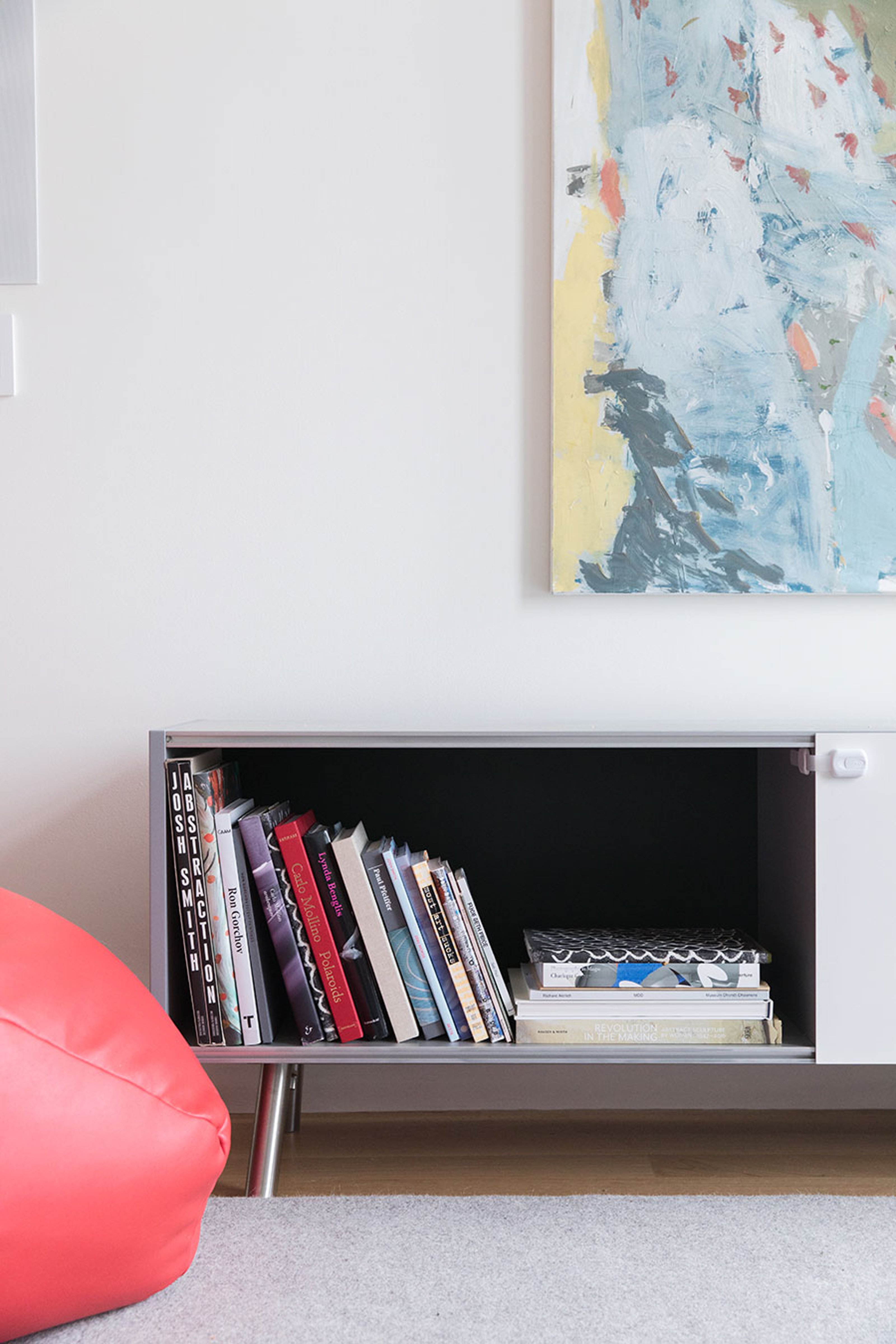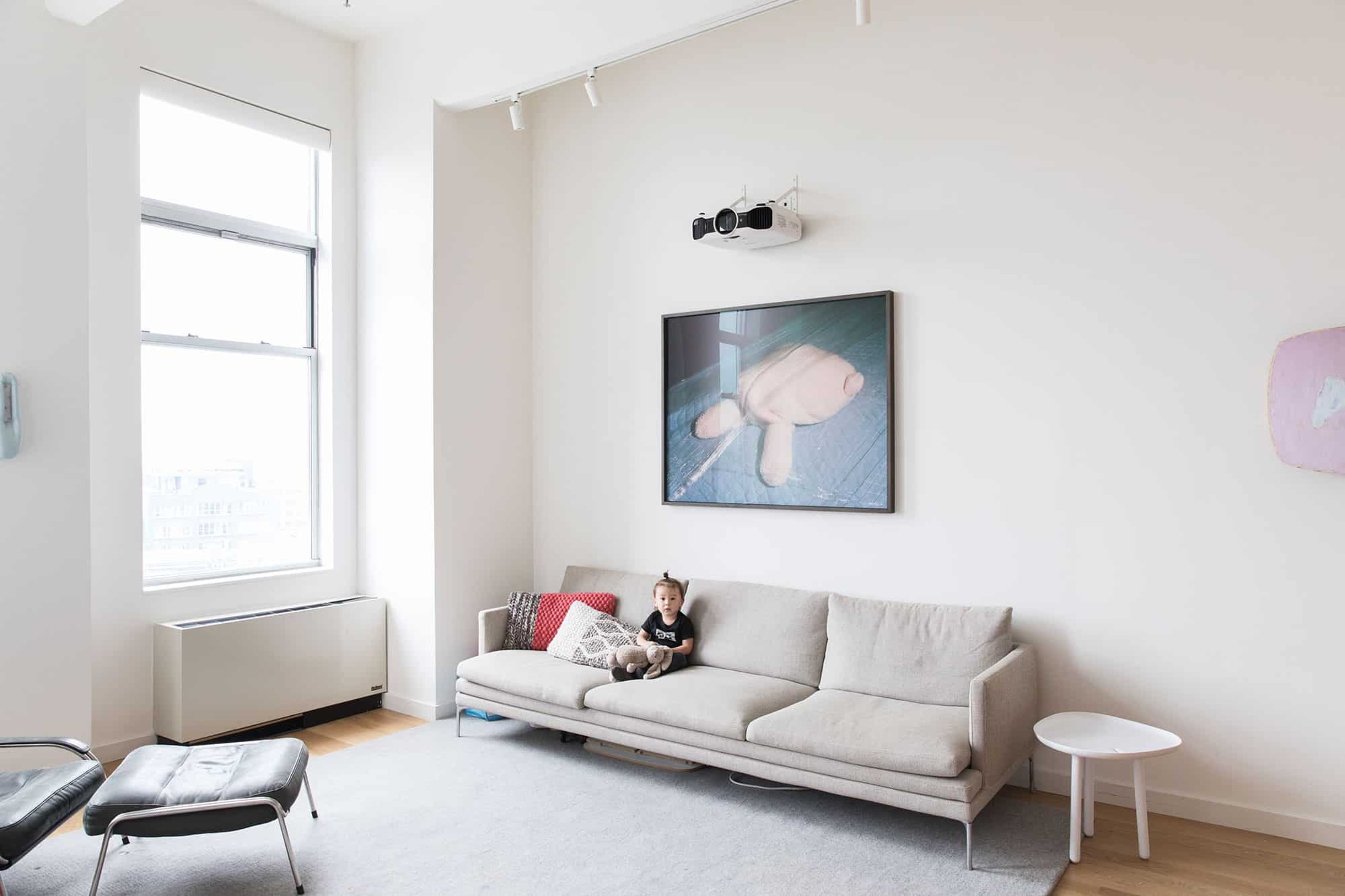

In the summer of 2015, Dan Desmond made a marriage of high-net-worth client finance and art: he helped found Morgan Stanley’s Blue Rider Group. Its name gesturing to the pioneering collective of early 20th-century abstract Munich artists, Blue Rider is designed to provide wealth advising for collectors, artists, foundations, museums and non-profit organizations. With a previous career in client services at Artnet, then to banking with Morgan Stanley, Desmond is now advising on both fields. Collecteurs talks to Desmond about linking the facets of the art world—including the inescapable financial one—as well as his personal collection modus.
Collecteurs’ Jessica Oralkan in conversation with Dan Desmond.
Jessica Oralkan: What does it mean to be a collector in the 21st century?
Dan Desmond: That is a very broad question. Let me try to answer the question of what it means to be a collector of contemporary art in the 21st century. People collect art for many different reasons: to live and learn from the work, to invest, to buy status, or simply because they have an interest in the community and enjoy supporting galleries and artists.
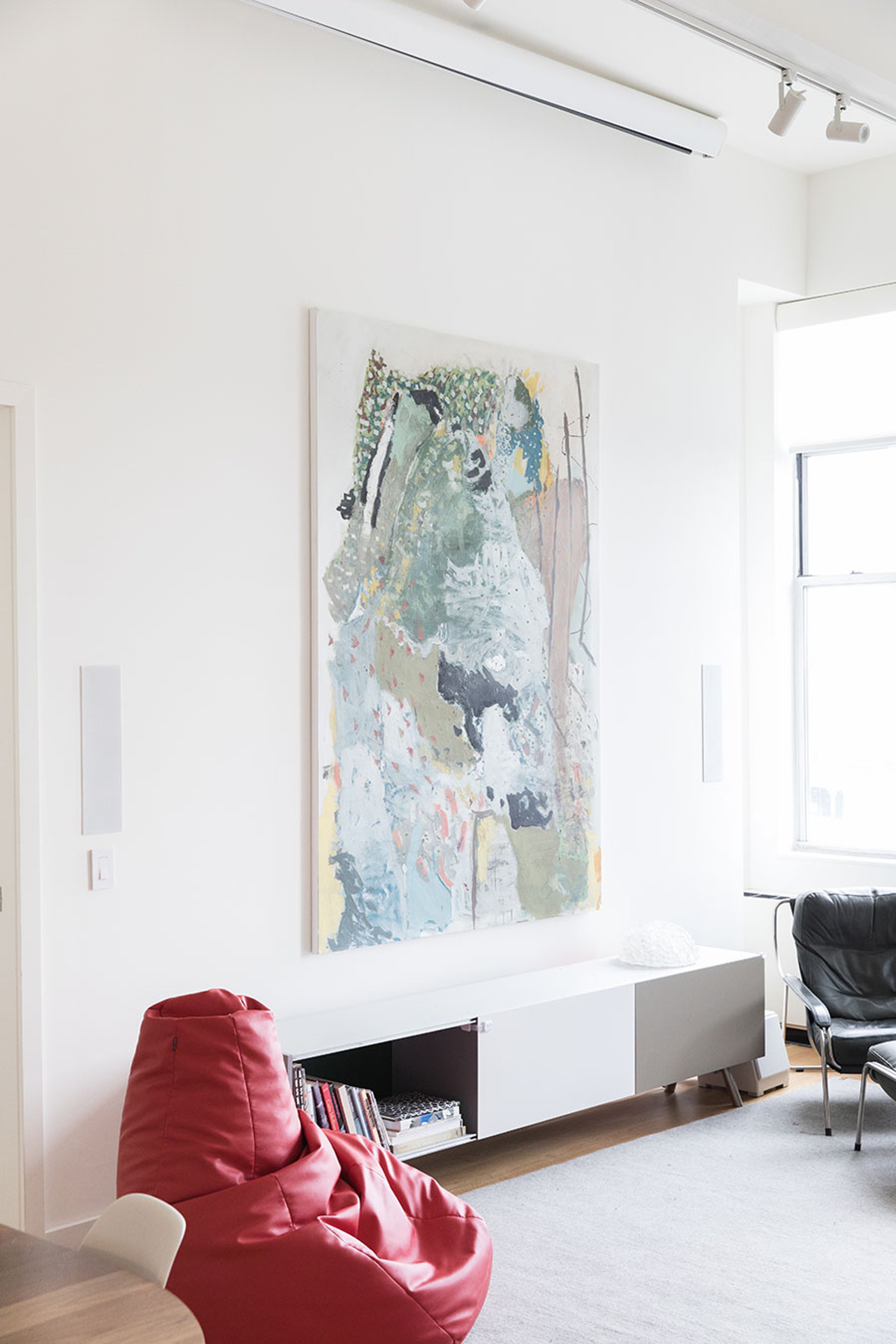
I think that to be a collector of art at any time means negotiating the balance of support between broader humanitarian causes and the art community. I personally feel that the arts enhance the human experience in immeasurable ways and that a thriving art community filters into a more interesting experience for everyone. A healthy art community enables more artists to live off of their studio practice and [enables] galleries and public art institutions to raise more money for exhibitions, acquisitions, and expansions.
JO: How do you see the evolution of collecting? Where will it go from here?
DD: I think galleries are always going to be at the center of the primary art market. It is an important experience for viewers to have an opportunity to see a body of work in person, thoughtfully installed, and to think about relationships between works as well as the works’ presence within a space.
Secondary market sales will definitely change at some point. Connectivity between collectors happens increasingly through online platforms and transaction costs through traditional sales channels are high, especially for lower-priced work.
JO: Describe the importance, if any, of cataloging art collections. How does it help collectors?
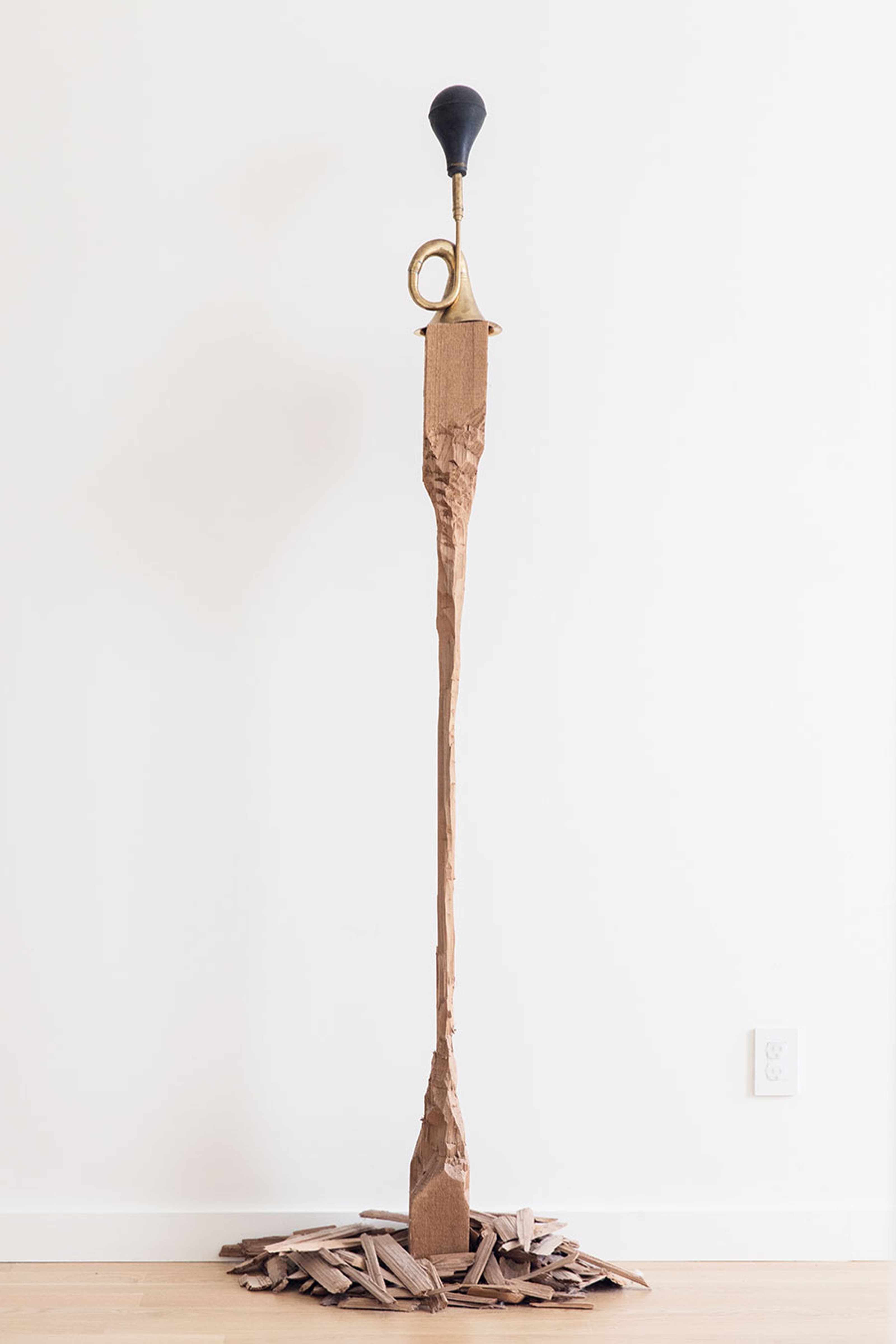
DD: I think it is an important part of any serious collection for many reasons, both logistically—for insurance and estate planning—as well as conceptually. A thoughtfully organized catalogue can be a tool for curating, illustrating upon themes, identifying gaps, and determining what works may no longer fit into a collection. I think the strongest collections have a tie that binds them together, but often collectors don’t start with an objective and it only emerges after time. Having things in order often brings clarity to a vision.
JO: What is more important: the economic value of an artwork or the symbolic value?
DD: People collect for different reasons. My wife and I collect living artists, mostly from our generation, because it enriches our lives. We focus on identifying artists that are going to have long careers so that we can be part of the journey with them in some way. Of course, if an artist has longevity, they are likely writing themselves into art history and the work will probably also increase in value. We don’t think of art as an asset class, but rather as an investment in a community and an experience that is important and makes life more interesting and fulfilling for us.
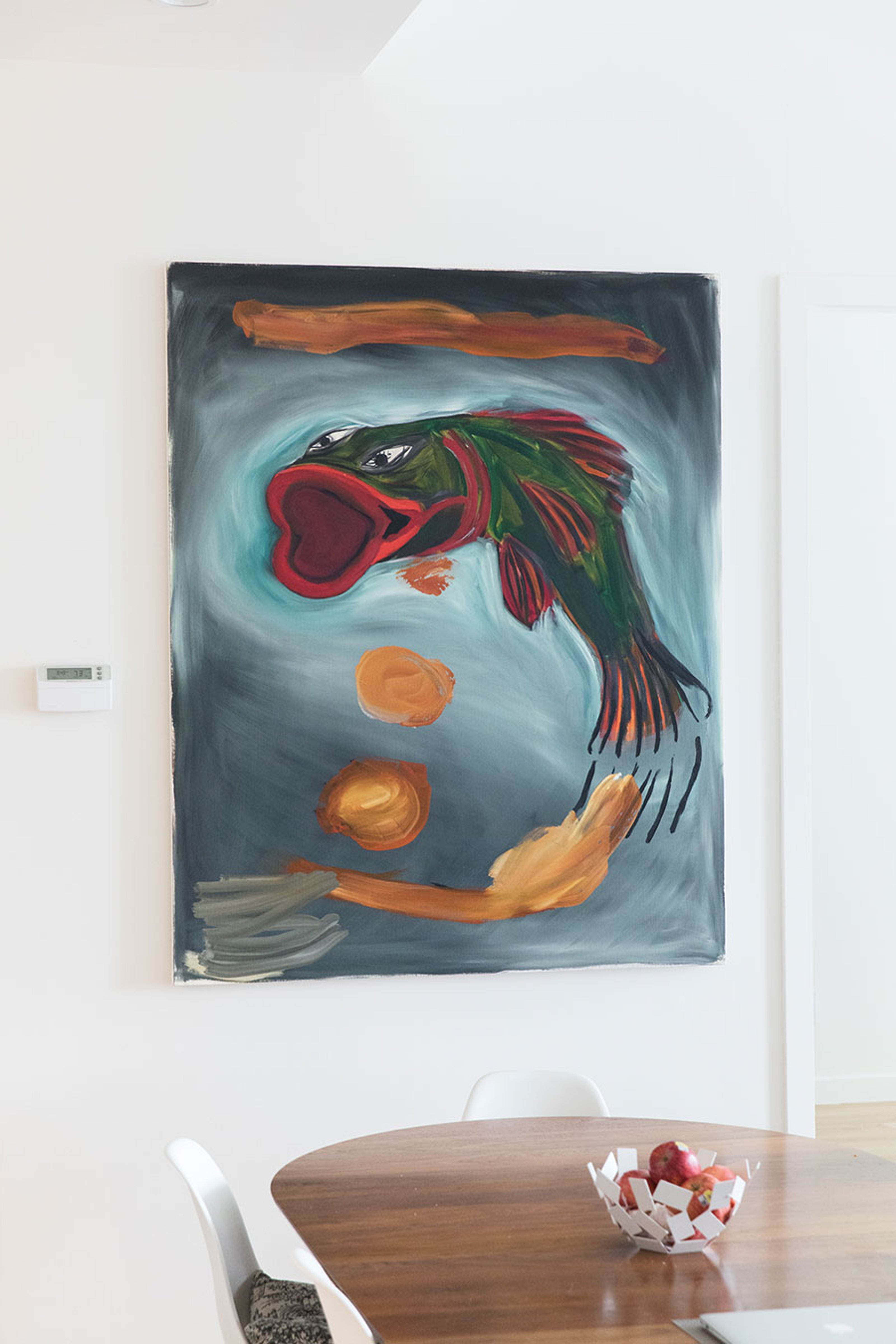
JO: What would change in the art world if collectors were truly connected to and in contact with each other? Would they have more control over the market? Is this something good for the overall health of the art market?
DD: I think collectors are about as closely connected as they ever have been, given the rise of social media. I very much enjoy Instagram—sharing work I find interesting and, even more importantly, following people whose taste I appreciate. It is a little addictive—all of that visual eye candy. I try to limit my time on the platform, as I think it’s equally important to read a lot of art criticism and history as well.
Regarding the market, it would definitely be helpful to have a platform for collectors to buy and sell more efficiently. It would lead to more transactions and ultimately more connoisseurship as collectors would be able to focus their holdings and collect artists in more depth.

JO: How do you see the role of the gallery evolving over time, consider the roles of non-profit exhibition spaces and the up-and-coming artist representation agencies?
DD: I think galleries are a critical component to the art community and there is always going to be an important role for them. The gallery model continues to evolve and I think that what is most noticeable is the commitment of larger galleries to staging museum-quality shows and the support and publication of scholarly work in conjunction with these efforts.
Despite the proliferation of new alternative spaces and organizations focused on representing artists, there are quite simply too many artists and estates and not enough exhibition space. I think these developments are helpful but not game-changing.
JO: How do you visualize the online art marketplace/auction house of the future?
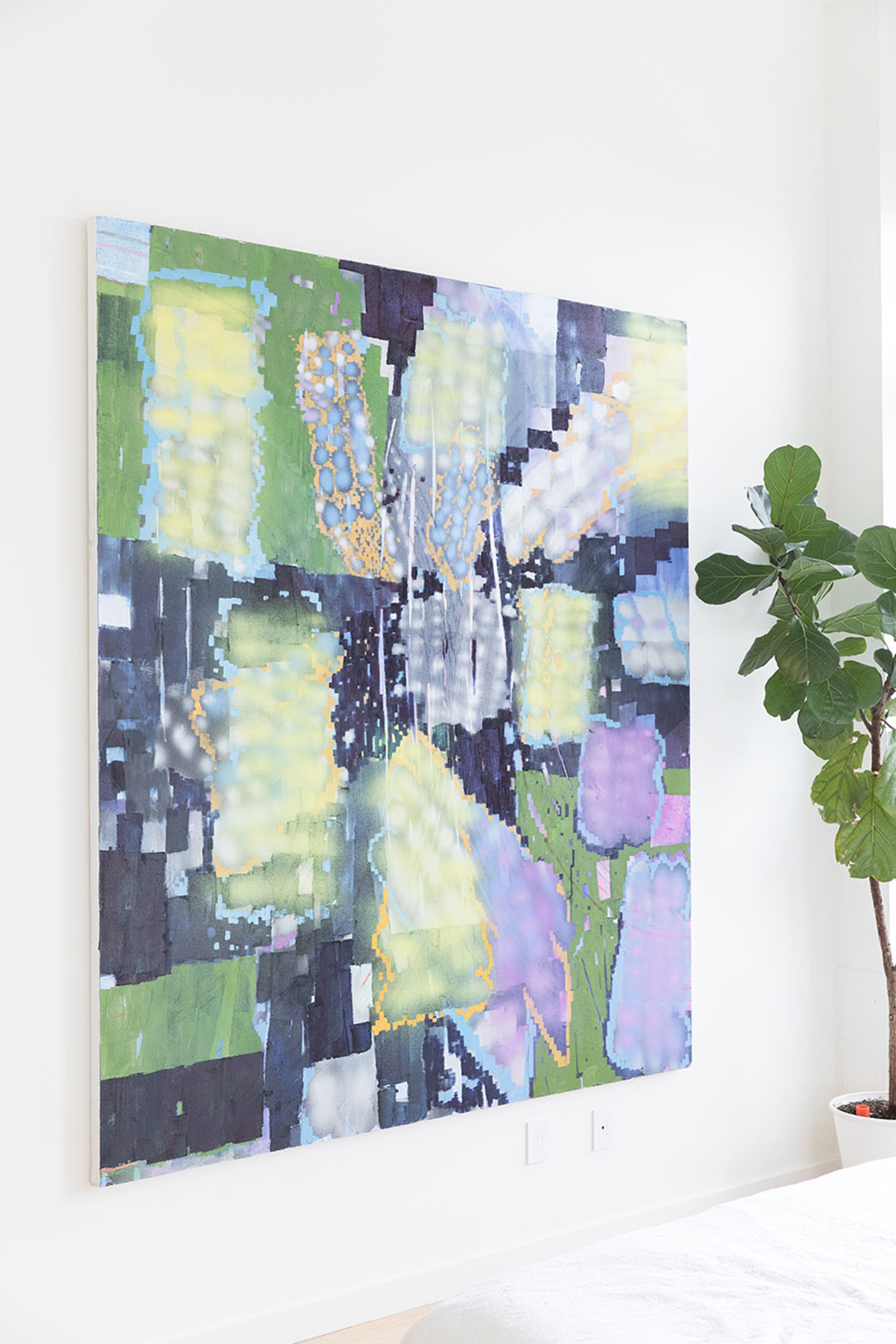
DD: Eventually, there will be a platform like Craigslist for collectors with marginal transaction costs; you will see more activity at low and mid-tier price points. On the high end of the market, I think the auction houses are always going to play an important role—this is where benchmark prices are created, on which all private sales are based. Of course, auction houses are also focused on reimagining their business model by putting more resources toward online sales and content, and taking on some of the roles typically associated with galleries: coordination of private sales and exhibitions, and working directly with artists and estates.
JO: What are the biggest challenges for selling art online? How can these be solved?
DD: Transaction costs—eliminate them. Build the community first, the rest will follow.


Painting by David Deutsch
